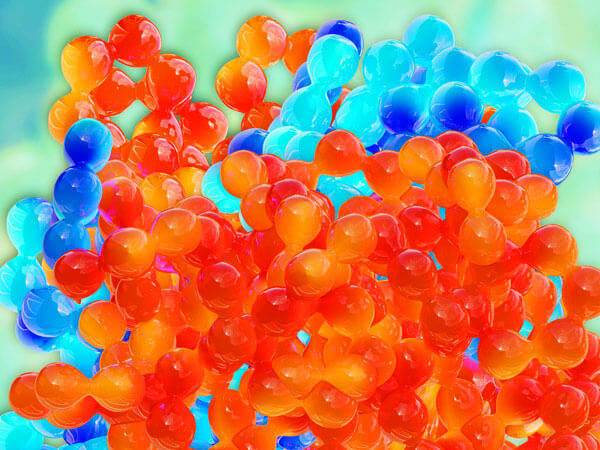Does ultracentrifugation processing duration correlate with successful isolation of exosomes?

Current literature shows no consensus on the theory that longer centrifugation time helps isolate more exosomes without a decrease in quality.1 Some researchers maintain that, to reduce contamination of the final pellet with excessive protein, centrifugation beyond 4 hours should be avoided.3 Others report success with a density gradient protocol that requires 16+ hours of centrifugation,4 while others assert that certain vesicles must be centrifuged from 62-90 hours to reach equilibrium density.5,6 Optimum centrifugation time may very well depend on the cell line being studied.2 For now, more research on this topic is needed.
[1] Lobb RJ, Becker M, Wen SW, et al. Optimized exosome isolation protocol for cell culture supernatant and human plasma. J Extracell Vesicles. 4; 27031: (2015). doi: org/10.3402/jev.v4.27031.
[2] Jeppesen DK, Hvam, M, et al. Comparative analysis of discrete exosome fractions obtained by differential centrifugation. J Extracell Vesicles. 3; 25011: (2014). doi: org/10.3402/jev.v3.25011.
[3] Cvjetkovic A, Lötvall J, Lässer C. The influence of rotor type and centrifugation time on the yield and purity of extracellular vesicles. J Extracell Vesicles. 3; 23111: (2014). doi: org/10.3402/jev.v3.23111.
[4] Taylor DD and Shah S. Methods of isolating extracellular vesicles impact down-stream analyses of their cargoes. Methods. 87; 3–10: (2015). doi: org/10.1016/j.ymeth.2015.02.019.
[5] Palma J, Yaddanapudi SC, Pigati L, et al. MicroRNAs are exported from malignant cells in customized particles. Nucleic Acids Res. 40; 9125–9138: (2012). doi: 10.1093/nar/gks656.
[6] Aalberts M, van Dissel-Emiliani FM, van Adrichem NP, et al. Identification of Distinct Populations of Prostasomes That Differentially Express Prostate Stem Cell Antigen, Annexin A1, and GLIPR2 in Humans. Biol Reprod. 86; 82: (2012). doi: 10.1095/biolreprod.111.095760.

